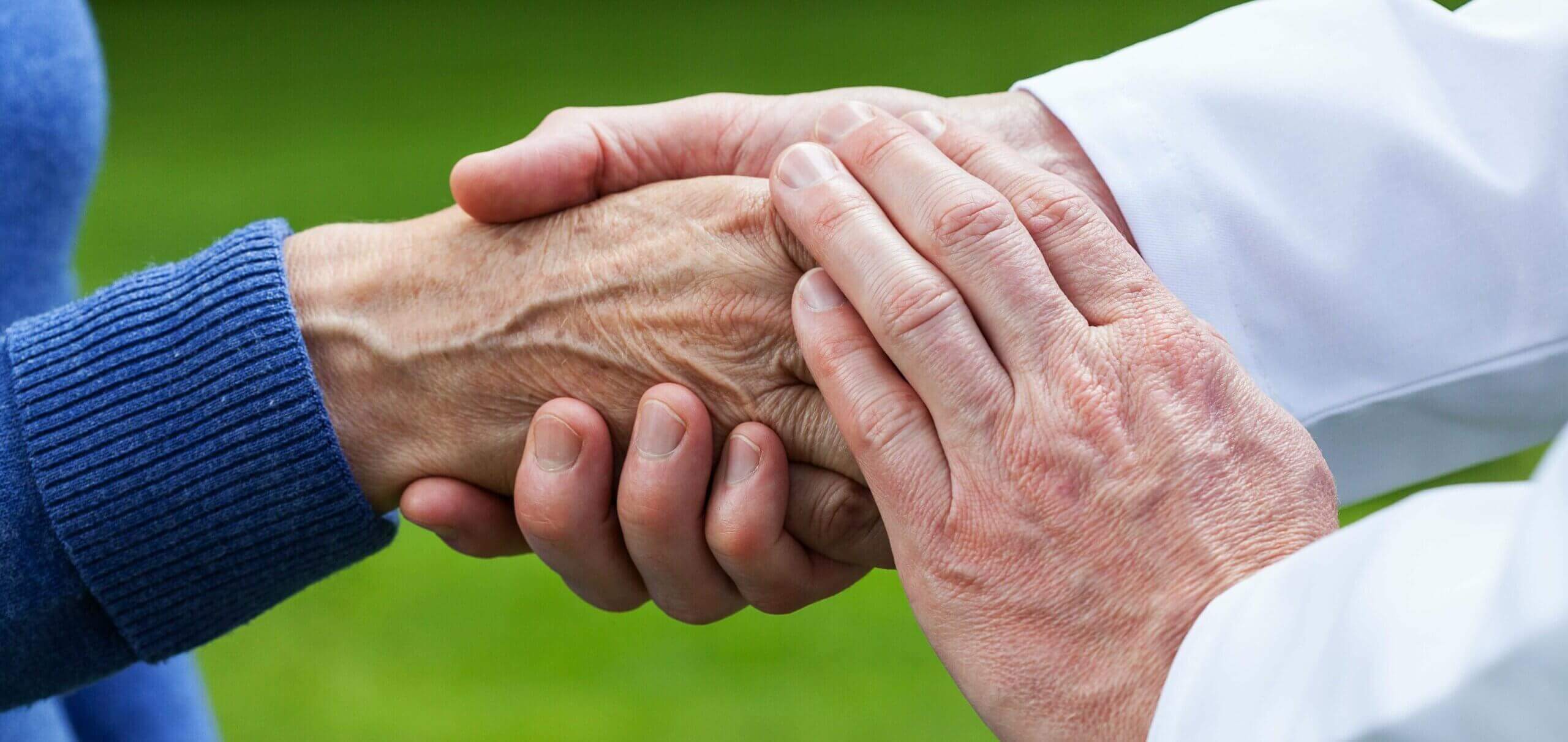Diabulimia is an eating disorder that continues to grow among adolescents, teens and young adults, who have type 1 diabetes. Diabulimia is when type 1 patients deliberately restrict their insulin to lose weight; the reduction or omission of insulin eventually causes out of control blood sugars and multiple diabetes complications. Renaming happened in 2008 to several eating disorders which include diabulimia with type 1 diabetes e.g. ED-DMT1 which stands for eating disorder-diabetes mellitus type 1. The long-term complications can include blindness, heart issues, kidney failure and amputations. It affected approximately 30-40% of type 1 adolescents, teens, and young women. Also, It can develop in either sex, men suffer at around 11%. It affects mostly teens and young woman it can develop at any age.
Eating disorders in people with diabetes is already common since there is so much focus on food, food labels, portion sizes, blood sugar numbers, as well as medicine and exercise. Teens and young adults are typically pushing away from their parents and trying to gain independence. Add hormones, social pressure, bullying, real life AND diabetes, which can sometimes push them over the edge. Eating disorders are real diseases that includes “genetic, biological, environmental and social elements.” Diabulimia is not a medically recognized term such as bulimia or an official psychological disorder. Also, considered as a non-clinical accepted label for a specific problem. A study from 2007 showed that, “diabetics who restricted their insulin over 11 years found their mortality risk was 3 times higher than those who did not restrict their insulin.” This is real.
Behaviors are often hidden, with plenty of secrecy, by these patients but parents watch for the beginning symptoms.
What You Should Look For When Diabulimia Is Initially Suspected
- Excess hunger, thirst and urination in the adolescent, teen, or young adult.
- Dry skin and hair.
- Weakness, exhaustion and a lack of concentration.
- Change in behavior: secretive, quiet, annoyed, anxious, or depressed.
- Complaints of reoccurring yeast infections, urinary tract infections or Staph infections.
- Foot or skin wounds that do not heal.
- Poor blood sugar readings from day to day.
- Avoiding food groups completely: carbohydrates.
- Irregular menstrual cycles (since estrogen levels reduced without proper nutrition).
- Excessive and rigid exercise regimens. Never being able to skip a day.
As Time Continues
- Loss of muscle, severe stomach aches and swelling.
- Weight loss.
- Total pre-occupation with body image.
- Refusal to get weighed.
- Constant calorie calculation, measuring and weighing of foods.
- Skipped medical appointments.
- Becoming vegan or vegetarian.
And Finally When The Physician Gets Involved
- Electrolyte disturbances especially sodium and potassium.
- High A1C levels usually above 9%.
- Discussion of multiple and severe episodes of hypoglycemia.
- Documented diabetic ketoacidosis-DKA.
DKA occurs without insulin as in type 1 diabetes. Without insulin, your body can’t process glucose from carbohydrates and the kidneys excrete the glucose out thru the urine; without glucose for energy, the body breaks down fat and muscle; this causes ketone development. Ketones in the bloodstream makes the blood become acidic. The blood sugar rises to extremely high levels and the body becomes severely dehydrated. If not quickly treated with insulin and fluids then coma or death may result.
Why Is This Condition So Difficult to Treat?
Type 1 diabetes adolescents, teens and young female adults with diabulimia are difficult to treat and the condition offers many challenges. They are trying to grow and fit into the regular world – which will be difficult enough, during those years. They tend to get less motivated to treat the disease and this could be due to their lack of diabetes knowledge and understanding. Only when bad symptoms occur, such as blurry vision, numbness in the hands and feet or an infection that will not heal, do they realize that a change in behavior needs changing. Since diabulimia can cause severe future consequences, it needs to get dealt with quickly and completely. Small choices to change behavior gets developed and learned.
How Can Diabulimia Be Dealt With?
- Use a comprehensive multi-discipline approach.
- Dietitian- Learn basic rules of nutrition – proteins, carbohydrates and fats need discussion. Include portion sizes. Carbohydrate counting needs reviewing along with dosing of insulin. Timing of meals along with insulin amounts should be covered with an understanding that weight gain is not inevitable. Avoid weight gain by eliminating processed, ultra-processed foods and empty calories.
- Mental health specialist or therapist-specializing in eating disorders talk therapy to discuss things like distorted body image, weight loss and weight gain. Discussion should make them feel like, “they are not alone.” Understanding that this behavior puts their over-all health and wellness at risk forever, needs to be discussed. Issues including control, depression, anger and frustration needs reviewing. What are they missing?
- Endocrinologist – insulin amounts need monitoring and changed according to the patients’ numbers and needs. Need to offer Technology choices.
- Diabetes educator – CDE – Complete discussion of diabetes needs covering. Short and long-term complications such as blurry vision which may later become cataracts, macular degeneration or retinopathy, when eyes are in discussion. Kidney disease can become kidney failure with the needs for dialysis. Nerve ending problems with tingling, burning and numbness can result in amputations. Gastroparesis or stomach issues from out of control numbers which can lead to trouble digesting food. High cholesterol levels, heart attacks and strokes need talking about as well as chances of osteoporosis or bone loss. True understanding of what insulin does, how it works, when and how to take it correctly and understanding, “it is not the enemy.” Any technology such as insulin pumps and continuous glucose monitoring -CGM- equipment need reviewing.
What a Parent of a Type 1 Who Is Heading Towards Diabulimia Can Do
You want and need to create a united and strong family, but you also want them to experience increasing independence. A comfortable balance needs to be achieved. You may need to work with a counselor or therapist for recommendations like ideas and tips.
-
- Learn to have open and frequent communication. Let them take charge as they get older but always stay connected. Exhibit gentle behavior but always be part of the discussion. Be respectful of their privacy and let them grow but stay informed. Do not criticize or badger. Constantly asking about blood sugar readings will annoying to anyone, especially a teenager.
- MD appointments- Some of the appointment is important to attend but leave time for privacy between the teen or young adult and the doctor/nurse. They may have specific questions and concerns which will not jeopardize their diabetes treatment but will allow them.
- School involvement- Someone needs to help make sure they are having their lunch and insulin and not skipping meals. Do not make this threatening, just show concern. If there is a school nurse, then she must made aware. Coaches for team sports, cheerleading or dance teachers after school, they’ll be involved only in a limited way. Furthermore, they should know about hypoglycemia -signs and symptoms and make sure sugar tablets or gels are available for younger adolescents; check with older teen students to make sure they carry a glucose source.
- Be positive and stay positive. Realize they are trying hard being a teenager, and everyone has setbacks. You and they need to enjoy life and stay as healthy as possible. Be there for comfort and support. Listen more than talk.
- Make sure they can handle the situation- Help them get rid of fear by giving and getting them the knowledge, they need. Along with the comprehensive team, they can make most of the right choices.
- Outpatient may need treatment- There are centers that specialize in diabulimia. There is a Diabulimia helpline which has a nationwide referral database of centers and providers for the correct treatment. The hot line number is 425-985-3635 open 24 hours a day. They also have an insurance specialist and on-line support group. Founded in 2009, it is a non-profit group.
- Treatment is a gradual process- As this point, there is no one specific medical protocol for diabulimia. Treating long-term high blood sugars too rapidly can cause problems. When reintroduced to insulin, the body swells from water weight; the body is correcting the severe dehydration. They may seem very bloated as this transition occurs. This is temporary and relayed to the patient, since weight gain is constantly an issue.
Another non-profit involved in diabulimia is – WE ARE DIABETES – They offer education, guidance and support to those people who have type 1 diabetes and eating disorders. They have created a recovery toolkit for those who are working towards recovery.
With more knowledge from CGMs, insulin pumps, insulins and other updated technologies, the risk of diabulimia should hopefully go down. Awareness and open dialogue and intervention are critical. Knowing weight can be managed even with the use of insulin needs discussion and understood. Working towards an end of diabulimia will save lives.







Leave A Comment